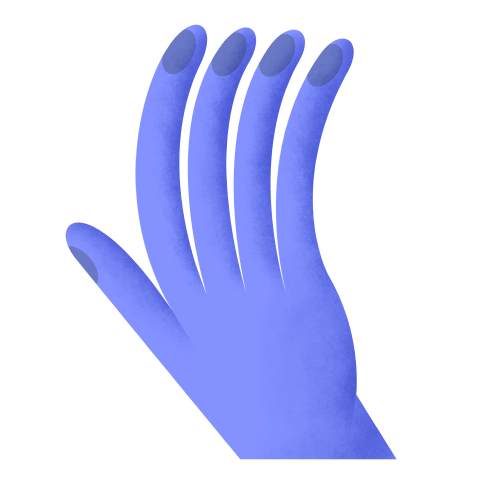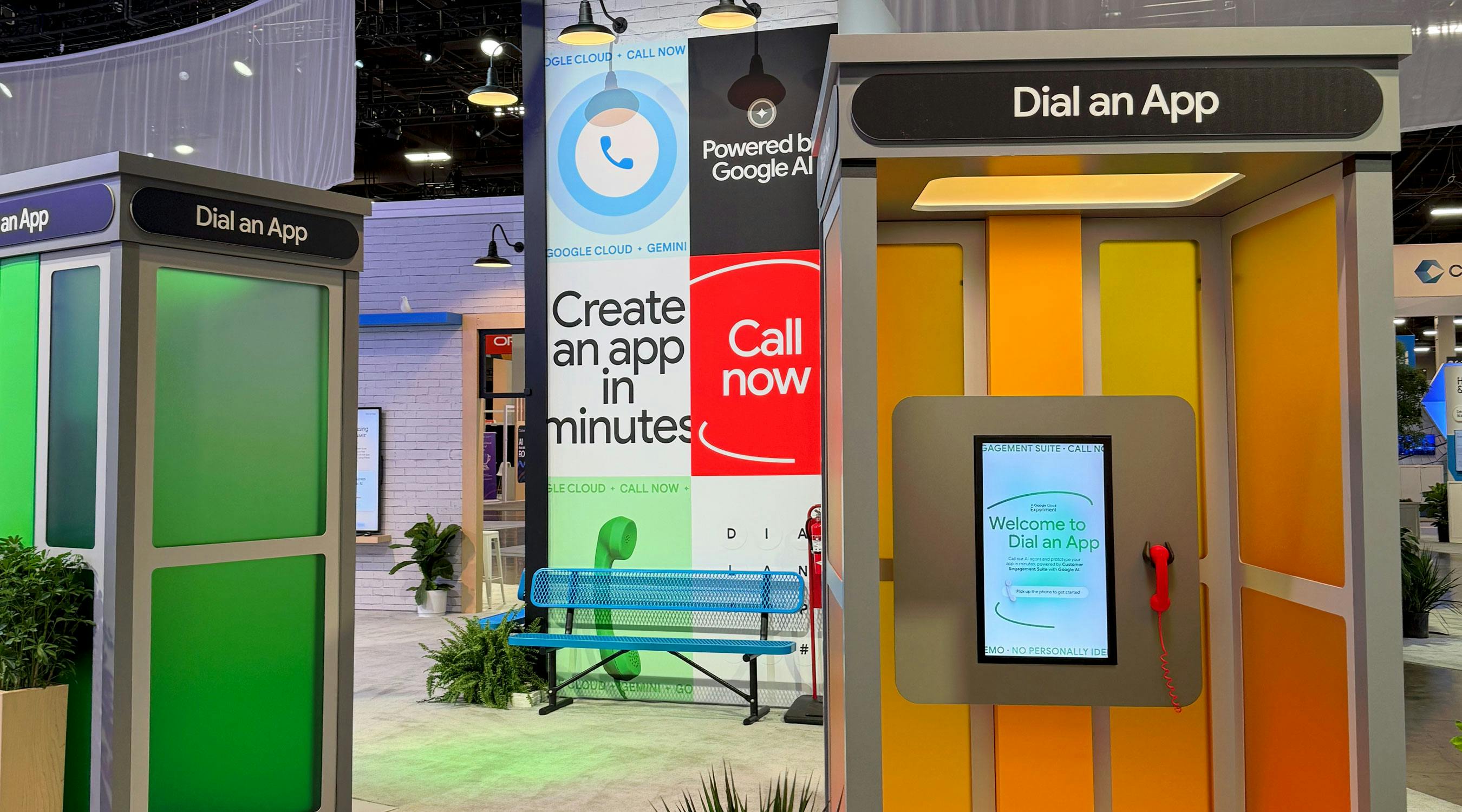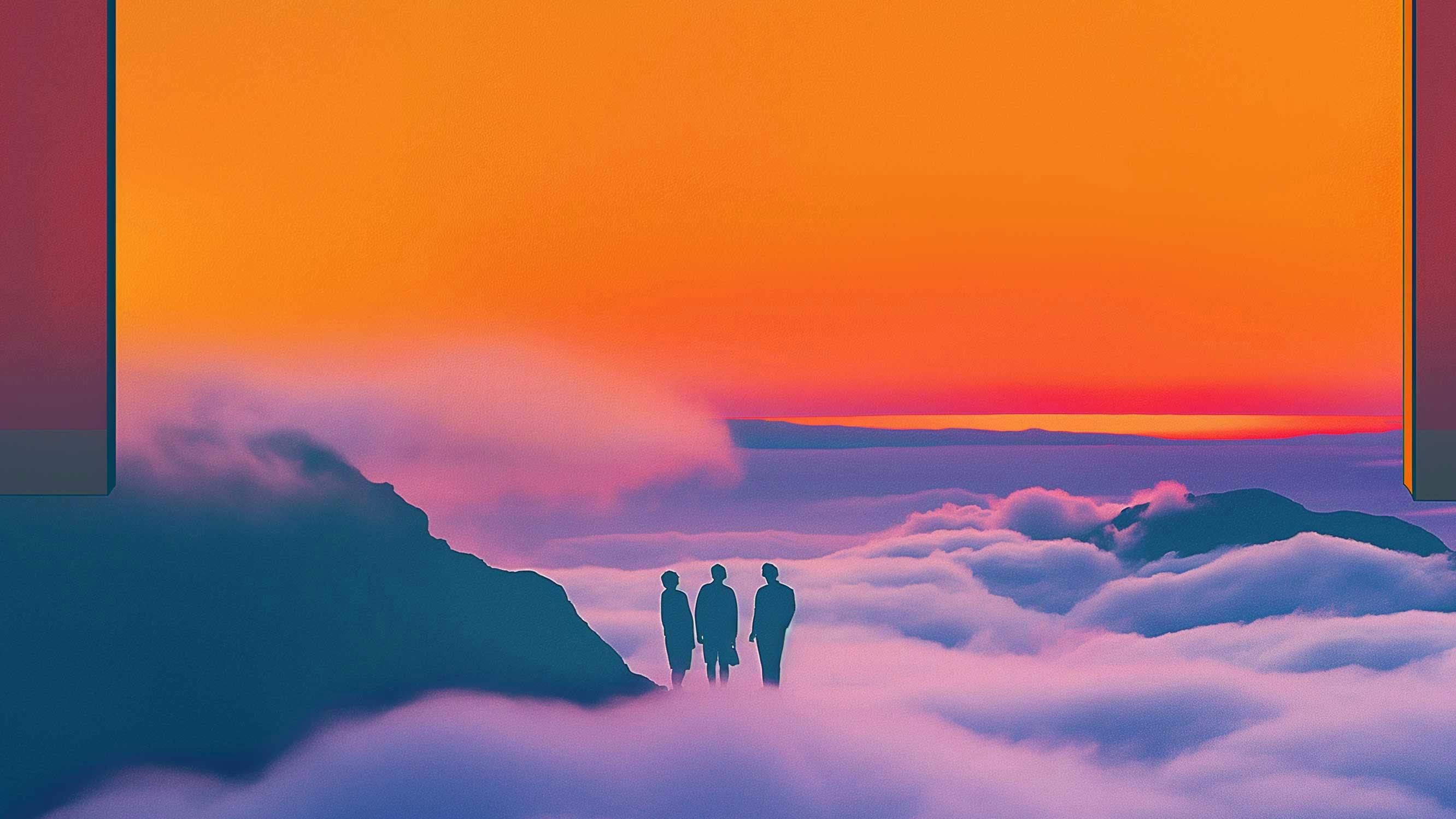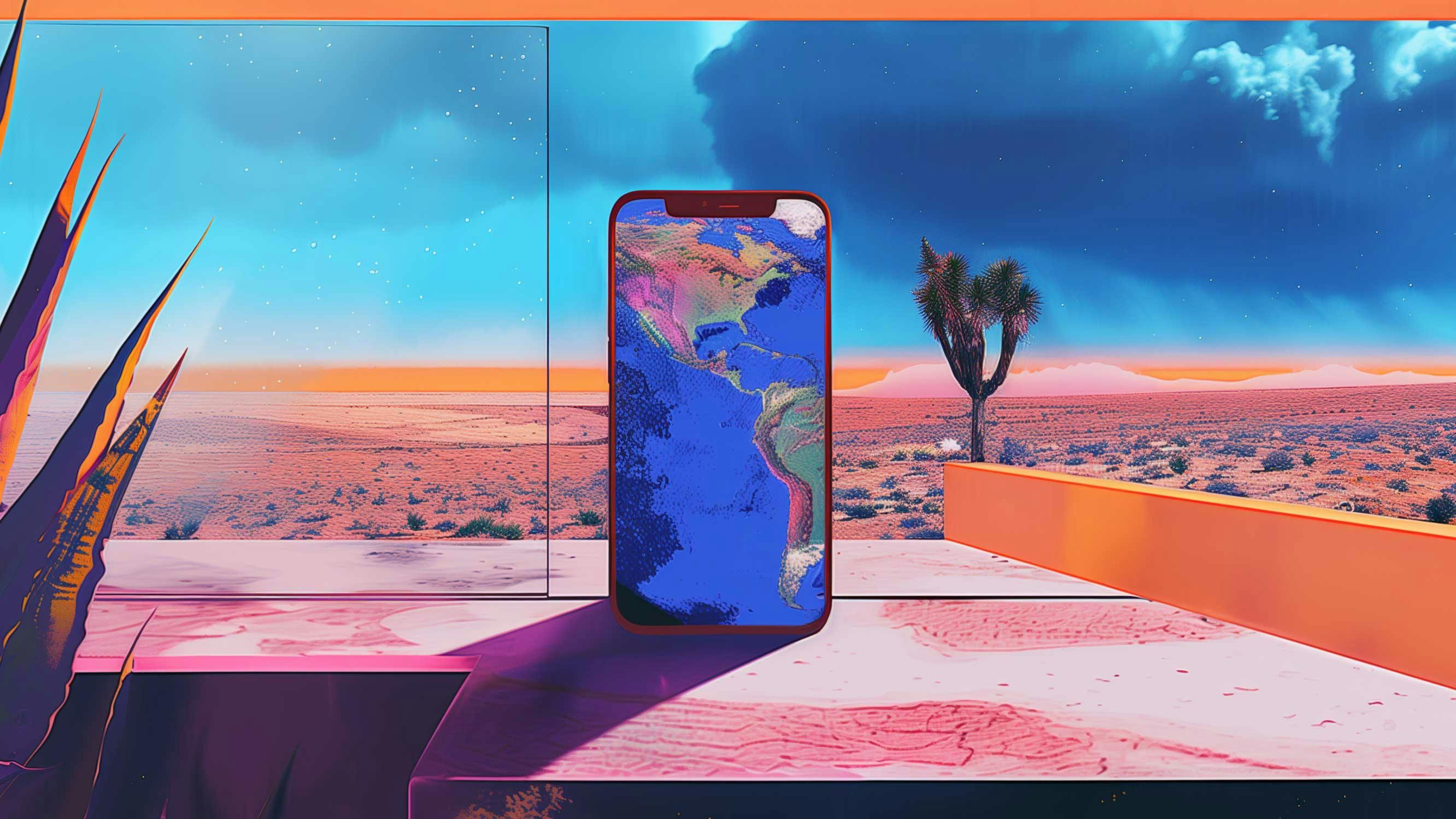Dialogues: Pros and Cons of Museums Being Inspired by Silicon Valley
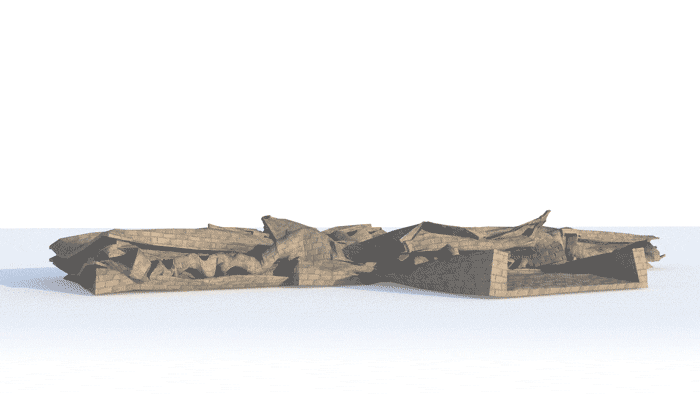
In the past few years, there’s been an upsurge of interest in bringing new technologies to the museum space. Some museums have gone as far as borrowing directly from some of the cultural and business practices of Silicon Valley. In early January, we sat down and had a dialogue about the benefits and risks of this recent development.
Levi has entered the Dialogue
Ben has entered the Dialogue
Troy has entered the Dialogue
Troy: What’s up?
Ben: Hey!
Christine has entered the Dialogue
Christine: Ready to go!
Alright, we’re all here!
Okay, let’s talk museums. What’s currently occurring in the museum space, when it comes to technology in Silicon Valley?
Ben: I think there is a lot of competition that museums are having to deal with recently. In an attention economy, the cultural sphere is forced into competition with new forms of entertainment like Netflix, HBO GO, or even Candy Crush for people’s time and money.
Christine: Museums are looking for ways to make what they do seem new and fresh–whether that means interactive tours, or integrating new kinds of programming or having different kinds of people work in the museums. This push causes museums to self evaluate and market more conspicuously as businesses, in a way.
Troy: There’s also a demand to quantify the viewer’s experience, in order to justify investments for future museum projects. This is similar to how Silicon Valley evaluates the success of apps. Museums and SV are quantifying likes, views, engagement, prioritizing the viewer and their personal experience.
Ben: Definitely, and all of this happening at a time when museums, at least in the United States, are having more trouble with funding. Taking the recent election into account, we are looking at the potential defunding of the National Endowment for the Arts (NEA) and Humanities (NEH). So, cultural institutions are looking to new models for funding such as Silicon Valley and startups.
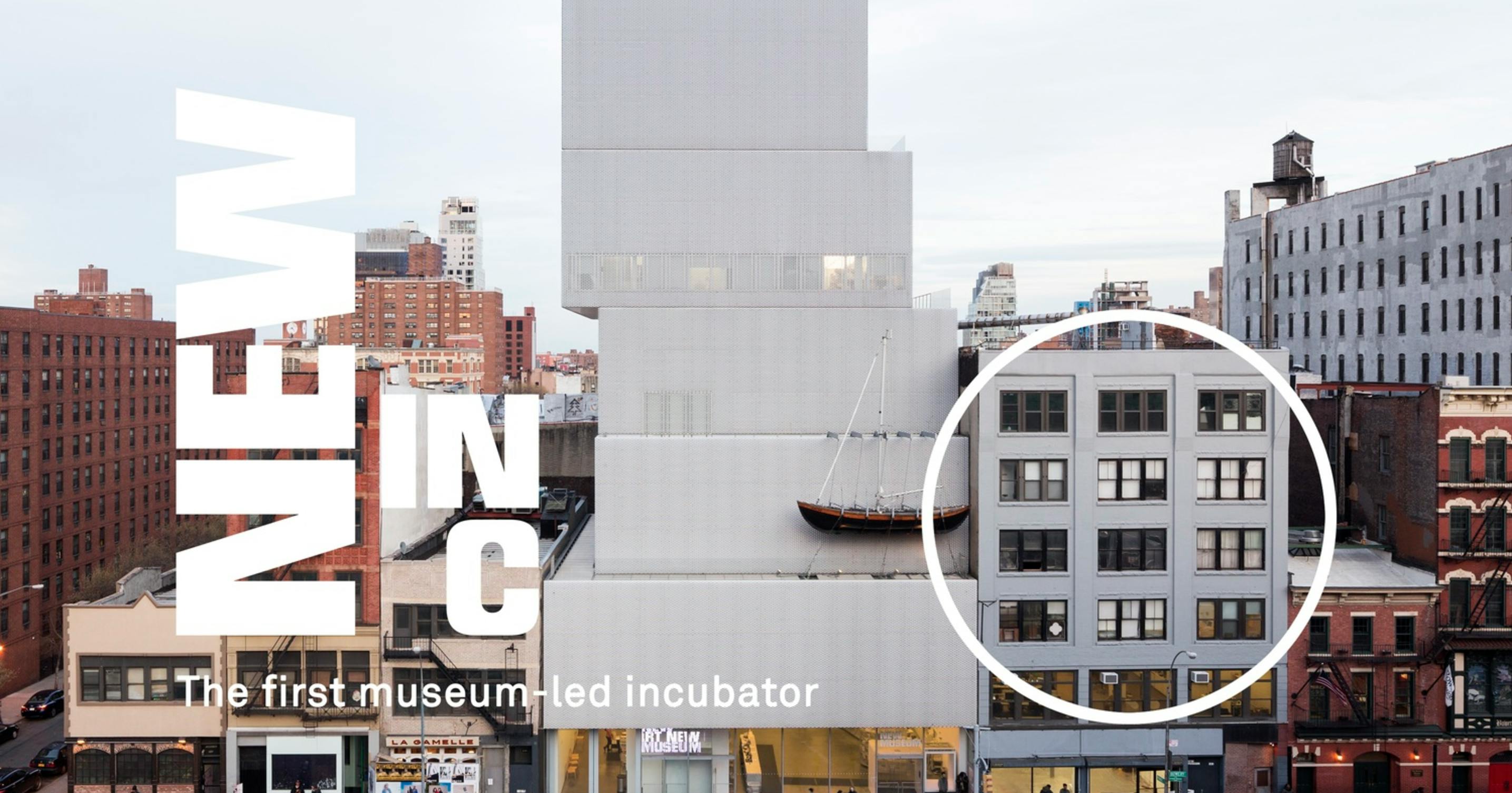
And when we say Silicon Valley, what are some of the structures, tools, and verbiage that we’re seeing pop up at least in the museum and cultural institutions?
Troy: Incubators are a big one. Hackathons, coworking spaces. The incubator and coworking space are blurring together. A current example of this is the New Museum’s incubator, NEW INC.
Ben: NEW INC is the main example that sparked a lot of the conversations among those involved in the culture industry. Lately, we’ve been questioning a lot of the benefits of this. I think there’s a lot of exciting things about that in terms of gaining more funding, and attention towards the arts, but then also worrying. When does it become more about the spectacle of fundraising, or the technological practices around showing the art, than the art itself? How do you maintain your values as cultural institutions when you work more as a startup? What does that process or structure yield?
How do you maintain your values as cultural institutions when you work more as a startup? What does that process or structure yield?
Getting into that further–how are these museums benefiting from the adoption of Silicon Valley structures, tools, and verbiage being everything from the incubator that NEW INC has, to the collab spaces that the Guggenheim partnered with BMW? What are some of those benefits that they’re seeing from it that other museums are also being inspired to create their own version of it across the country?
Christine: Well, there are certain benefits that they’re hoping for. Adopting Silicon Valley practices can make a museum seem more exciting to new audiences. I think a lot of these institutions are hoping to spark interest among people. And also, to attract brand attention. That’s something we’ve seen with the Guggenheim in terms of their collaboration with BMW; it seems like they wanted to demonstrate to other brands, ‘Look, we can create these collaborative experiences. We both benefit. You get the cultural cachet that comes from us being a legitimate institution, and we get some money from you guys.’ So, I feel like museums are hoping to inspire some of these opportunities, and they hope that that will bring more money, and people?
Troy: More $$$, more people!
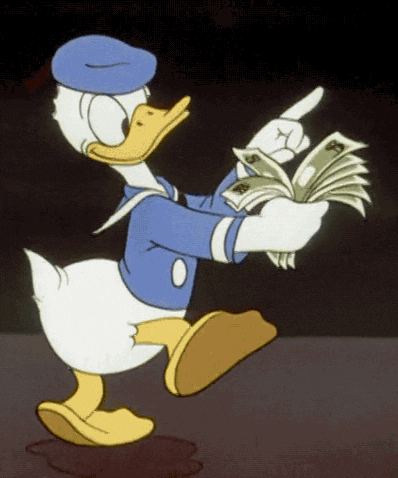
Ben: Hopefully, yeah.
Another benefit of this merger is social media presence. I know that a lot of us on the weekends, or on our spare time are wondering what to do, and we’re really influenced by social media. I remember going on instagram after the Broad opened and every other post was of Yayoi Kusama’s Infinity Mirrored Room. From research we have done with various museums we found that a large proportion of visitors were inspired to visit through social media.
Christine: Yeah. I think having an incubator in your museum or collaborating with a brand can create a new spectacle, or exciting story, that people will talk about. It’s something to generate more attention to the museum, in the same way that certain installations like Infinity Mirrored Room might generate excitement. A new event or program happening keeps things top of mind.
So, what are some of the problems with museums using these Silicon Valley structure, tools, and verbiage? What are the things that we’re seeing as repercussions for these usages?
Ben: I think first and foremost the language is confusing. There are a lot of expectations and baggage that comes along with tech jargon. So, for example, when we talk about an incubator, it means to a lot of people, especially in Silicon Valley, an organization designed to accelerate the growth and success of a startup. Startups are also usually set on solving “problems” instead of asking questions. So this verbiage can be very problematic, especially when you bring it into a cultural institution, or museum.
Troy: The general idea or purpose of a museum is being put into question. Not that there’s a singular purpose, but what role should museums play for the public? There seems to be an expectation for museums to be more product driven versus inquiry driven—which is why contemporary museums seem to be borrowing models from Silicon Valley. The problem with easily accepting this trend, is the potentiality of hurting their reputation over a long period of time. What are the implications of a museum acting like a startup?
Christine: It puts at risk the legitimacy of the museum, and I think that it makes certain people that participate in the museum–that might be the artist, or writers, or scholars–concerned about the culture of the museum, and how their output will be valued…whether their output will be quantified like a business in terms of how effective it is. And I think there are some types of making, and expression, and approaches to thinking, that can’t really be put in that context. And so, it makes those kinds of people concerned who are also vital to the museum’s spaces.
Ben: Definitely, a lot of those pressures force cultural institutions to come up with more quantifiable results, which I think shouldn’t be the aim of art. We have to be careful when we start adopting new language because it can carry those goals or perceptions with it. Earlier, Troy used the word implications. I think that’s one of the key terms in this conversation. Oftentimes, the Silicon Valley method privileges applications, whereas the artistic method privileges implications. It’s a different way of thinking and making. A certain mental model emerges with the term incubator, or startup. To maintain a sense of integrity for cultural institutions, I think it’s important to remember that the artist is at the center, not a product, or return on investment.
Troy: Yeah, that’s a really good point. The pursuit of accelerationism that occurs within Silicon Valley, such as MVPs (minimum viable products) which race to deliver on customer value: rapid prototyping, hyper innovation, hyper efficiency. Does this mindset belong in a contemporary art museum? Because there are capital interests that need to be met and proven—a demand on return is forefront. Who is determining whether or not these innovations are producing mediocrity or stagnation—shouldn’t that matter? SV has a very simplistic understanding of the art field. The more I think about it, incubators and museums seem like combining oil and water. There are seductive pros, but I think the cons need to be laid out honestly.
Ben: Absolutely, with the product driven thinking being so prevalent in society today, the art world might try to embrace the artistic way of thinking even more and go the opposite direction. Tech culture prides itself on creating a prototype, putting it out there in the world to see if it’s successful; if not, it’s scrapped and the next version begins. It’s very efficient but artist reputations or cultural reputations aren’t as disposable as digital products.
To maintain a sense of integrity for cultural institutions, I think it’s important to remember that the artist is at the center, not a product, or return on investment
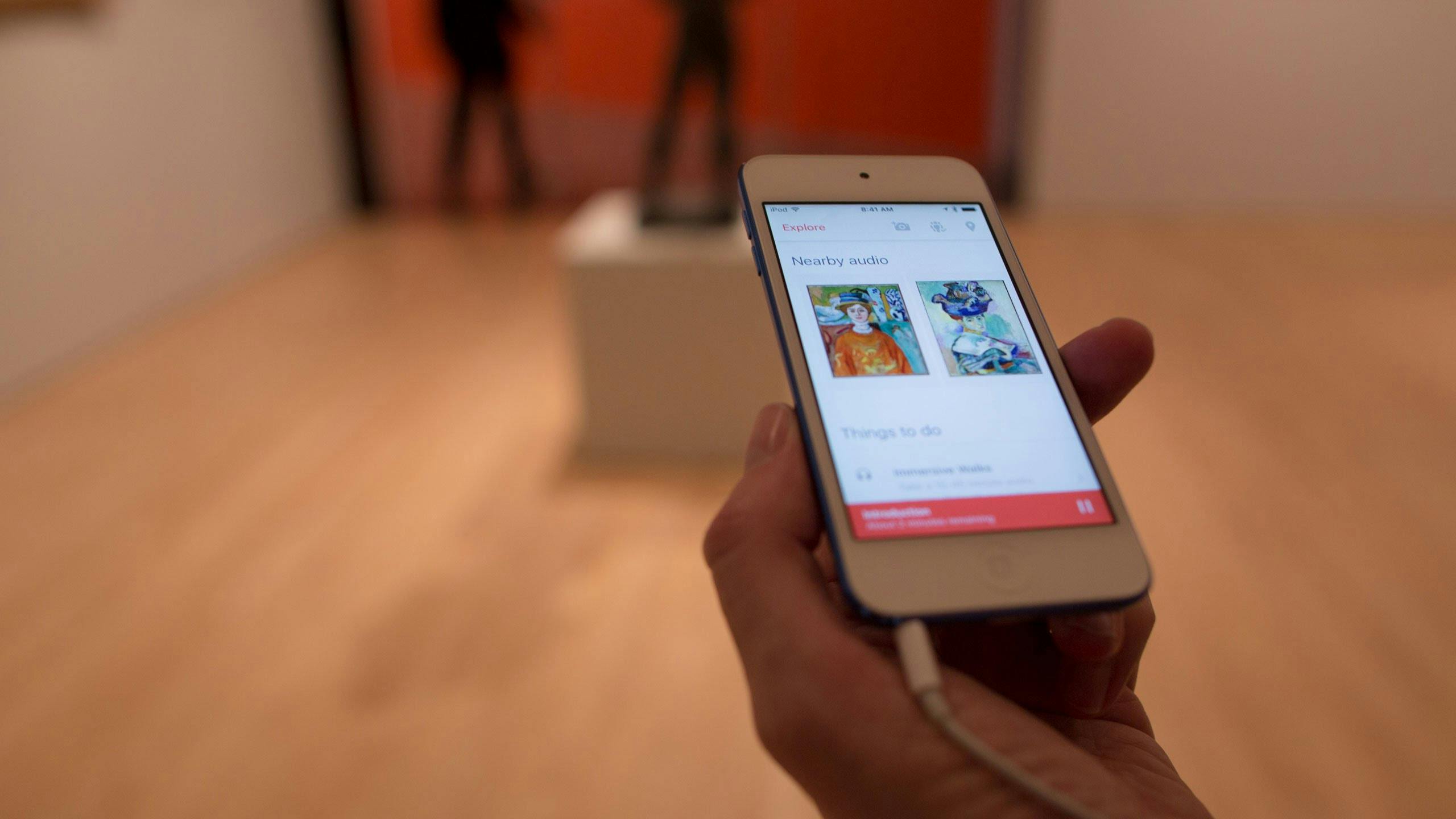

So, acknowledging some of these potential pitfalls, what are some other methods for museums to achieve their goals?
Christine: I think that some of the museums have been trying to experiment with digital technology in ways that elevate what they already have, and create new ways to find access to what they already have. For instance, some museums, like SFMOMA, have been experimenting with audio guides that provide commentary when you’re passing by a certain artwork, or offer a different commentary based on your familiarity level, layering perspectives, creating more ways of accessing knowledge. I think that another trend that’s been positive has been digital experiences of exhibitions. The website we did for the Guggenheim museum provided us with an additional way of connecting, and looking at, the pieces in the Storylines exhibit. It provided a way of comparing, and exploring, that wouldn’t have been possible in the physical space. And it wasn’t trying to necessarily compete with that [physical] experience of the art works. It was providing a different way of accessing, and encountering, and I felt that was…maybe that’s not necessarily Silicon Valley directly. But it’s a positive way of experimenting with the digital, and using that as a way to…
Ben: Drive critical thinking.
Christine: Yeah.
Ben: Exactly, connecting different perspectives to interpret the work is amplified by technology. But tech isn’t the main focus.
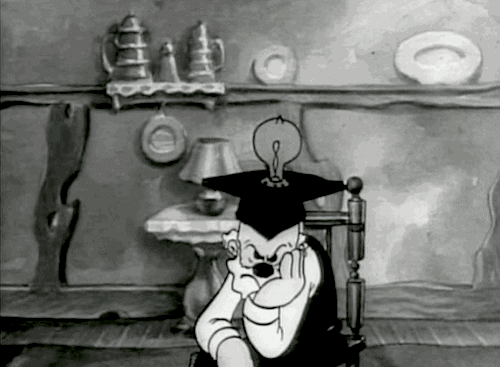
Troy: As far as I can imagine, that feature doesn’t directly generate revenue, and I think that’s the dilemma museums are facing. How can museums still generate the revenue they need, stay relevant but true to their core values? I really like what you said, Christine, about looking at what the institution already has, and utilizing that. How to leverage resources!
Christine: Yeah.
Troy: Museums have dense archives; instead of leaning on new fancy expansion models, why not unpack and elevate everything the museum already has to offer? Addressing a deficit by expanding is a strategy that has proven to threaten cultural institutions. Look at the Cooper Union’s financial crisis as an example.
How can museums work within their means, and really take advantage of that. For example, making an archive more accessible—so more museums can easily purchase loans. What value do museums already have, and how can they figure out ways to generate revenue with existing resources while still looking relevant?
Ben: Exactly, there’s so much great work that’s there, and I think always thinking new isn’t necessarily the way when culture is concerned, but maybe new ways to connect to the work. Lately, I had been doing research on public perception of museums by reading through Yelp reviews actually. The biggest criticism I had read was that people felt it was hard to connect to the work, wondering “how does this fit into my life?” Living in the age with Snapchat attention span, it’s hard to have that patience to develop a relationship with a work of art. So, I think designing tools for people to connect to and understand what we already have and connect it to their life in the present day is a great solution.
Troy: And there’s stuff coming out of Silicon Valley that we can still look to, like machine learning to help make sense of dense archives. I’m not interested in demonizing Silicon Valley–but rather being more cognizant about its influence.
Ben: Absolutely.
Troy: Machine learning could help connect larger data sets to help understand something that was once abstract, and think about all the other interconnections related to it. Let’s lean on technology to do the heavy lifting in those kinds of ways. I think it’s a healthier relationship for museums to have with Silicon Valley.
Christine: As museums adopt that kind of technology, I think it’s important that they make sure that they’re leveraging it in a way that remains positive for the people working for, and making work for, the museum. There’s an article in X-TRA by João Enxuto and Erica Love, where they’re talking about Artsy’s business model, and the way that they use data. Artsy is collecting a lot of data about different artworks, in hopes of making a lot of different connections, and they’re employing scholars to help to do that work and categorize things. But the more the scholars are archiving that work, the more they are making their jobs obsolete. So, I think it’s going to be important for museums to make sure that as they’re leveraging these technologies they’re doing it in a way that’s opening up possibilities for those people without merely replacing those people. Maybe there isn’t an immediate financial gain there for the institution, but in the long run that will be beneficial for them.
What value do museums already have, and how can they figure out ways to generate revenue with existing resources while still looking relevant?
Ben: Very good point, the Brooklyn Museum is a good example of putting people first in this scenario. They have an app with the feature to ask a question about any of the artworks in the museum and a real person on the museum staff answers you back in real time. This utilizes the knowledge and assets the museum already has to become a friendly voice. I think that’s a great example of using technology in a way that elevates the human and the artwork, and making the experience relevant for people today.
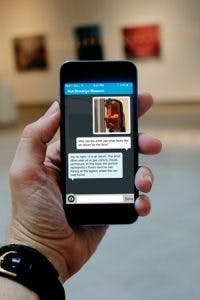
Christine: Definitely.
Troy: Totally—and also, return. How to inspire new ways to have people return to the museum. Museums will always have new visitors, but in what ways can they utilize technology to help target recurring visits? How to get visitors excited to come back.
Christine: Yeah, I think that’s why The Brooklyn Museum example is a good one. I think that part of the inspiration for the app was, ‘How do they get more young people in an area to want to come to a museum.’ In terms of revenue, there has to be the desire for these younger generations to want to come to the museum, and it seems like there might be a trend occurring where young people are becoming more interested in going. It makes sense to encourage this by making the museum more accessible with those tools, and inspire people to come in.
Troy: Kinda like this Christine?
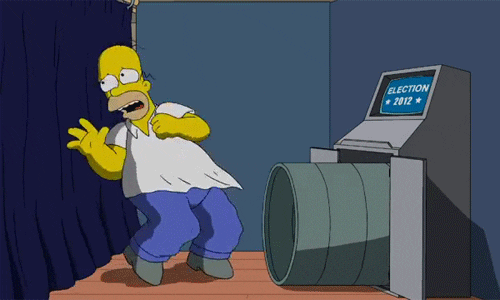
Christine: LOL.
Ben: Haha. Technology can be very consuming – no pun intended. The culture industry has to be aware of the ease and accessibility technology is enabling. To keep up with that ease of use and the social aspect of tech and bring that to the museum world but at the same time maintain their integrity and criticality. It’s a difficult balance.
The perceived disconnect is the most problematic
Going back to the NEW INC incubator I, personally, believe that Julia and her team has actually done a great job, and there’s been actually some really interesting projects and initiatives that have come out of their incubator. Some of the areas where I’ve seen the most issues is mainly around verbiage, and public understanding of what they’re doing, and obviously reach and how it connects back to the overall purpose of NEW INC as a museum, and I think they’ll find that eventually. Do you think that it makes sense for them to be continuing to be called an incubator or should they shift their model to create something that’s original for themselves?
Troy: That’s a tough question. Personally, I think attaching the the term “incubator” directly to the museum, whether it’s new or not, is problematic and has unnecessary baggage. Could they still support a program that invites similar values but isn’t directly associated and branded with the museum? Could it be independent from the museum? To be honest, I think they are taking on a role that isn’t cut out for a museum. Forcing a square peg in a round hole. ¯_(ツ)_/¯
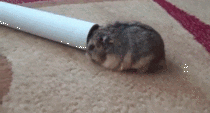
But maybe recurring workshop models, or alternative residency programming could achieve similar goals without having to call it an “incubator.” There are several examples of workshare groups like The School for Poetic Computation, EYEBEAM, The Frank-Ratchye STUDIO for Creative Inquiry at Carnegie Mellon, that also share resources from other cultural and academic institutions. These programs also want creative freedom, interdisciplinarity, and seem to be asking very similar questions. Does NEW INC become an incubator because it’s more explicitly entrepreneurial focused?
Ben: Good Question, Troy. I think the majority of the issues I see with this merging of culture and technology is more around general language and misunderstanding rather than the actual practices. Some of the things that have come out of NEW INC have actually been exciting and useful, like Monegraph. But it always comes back to the product versus art discussion, and what a museum should be doing, to reiterate what Troy was saying, is to be questioning the bigger purpose of museums and art incubators to see how they can better support each other. The perceived disconnect is the most problematic. Not that one method is superior but this new trend may be forcing things together that are naturally at odds. This new tension may be good to incite new ways of thinking and making or it may be like mixing oil and water.
Great points by all. Learn more by checking out the links to articles below. A special thanks to Mike Pepi for his help.
Troy: Thanks Levi
Ben: Good session!
Christine: Great convo.
Christine, Troy, Ben and Levi have left the Dialogue.
Here are a few of the essays and articles that inspired our discussion:
Illustration/ Animation by Theo Triantafyllidis
